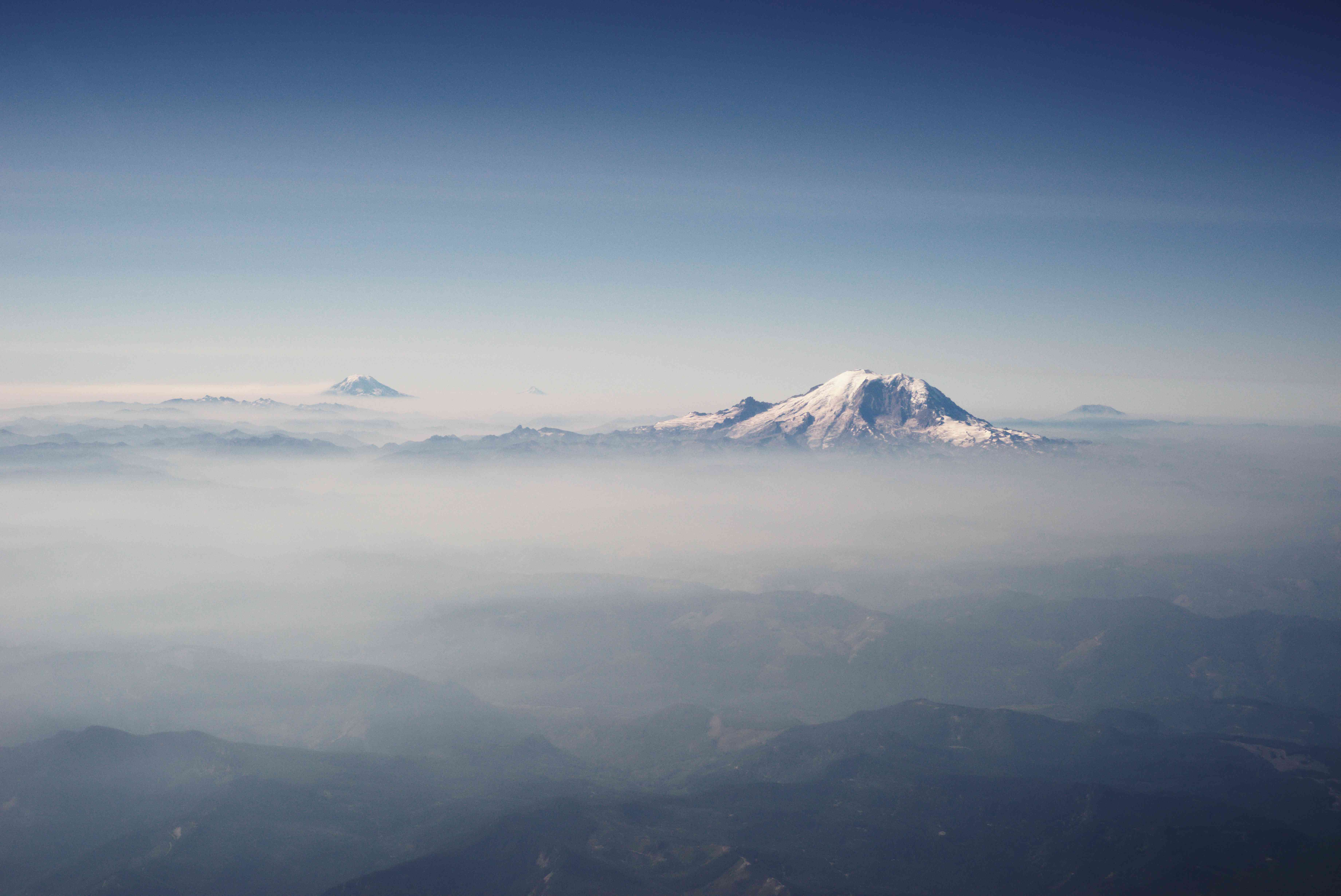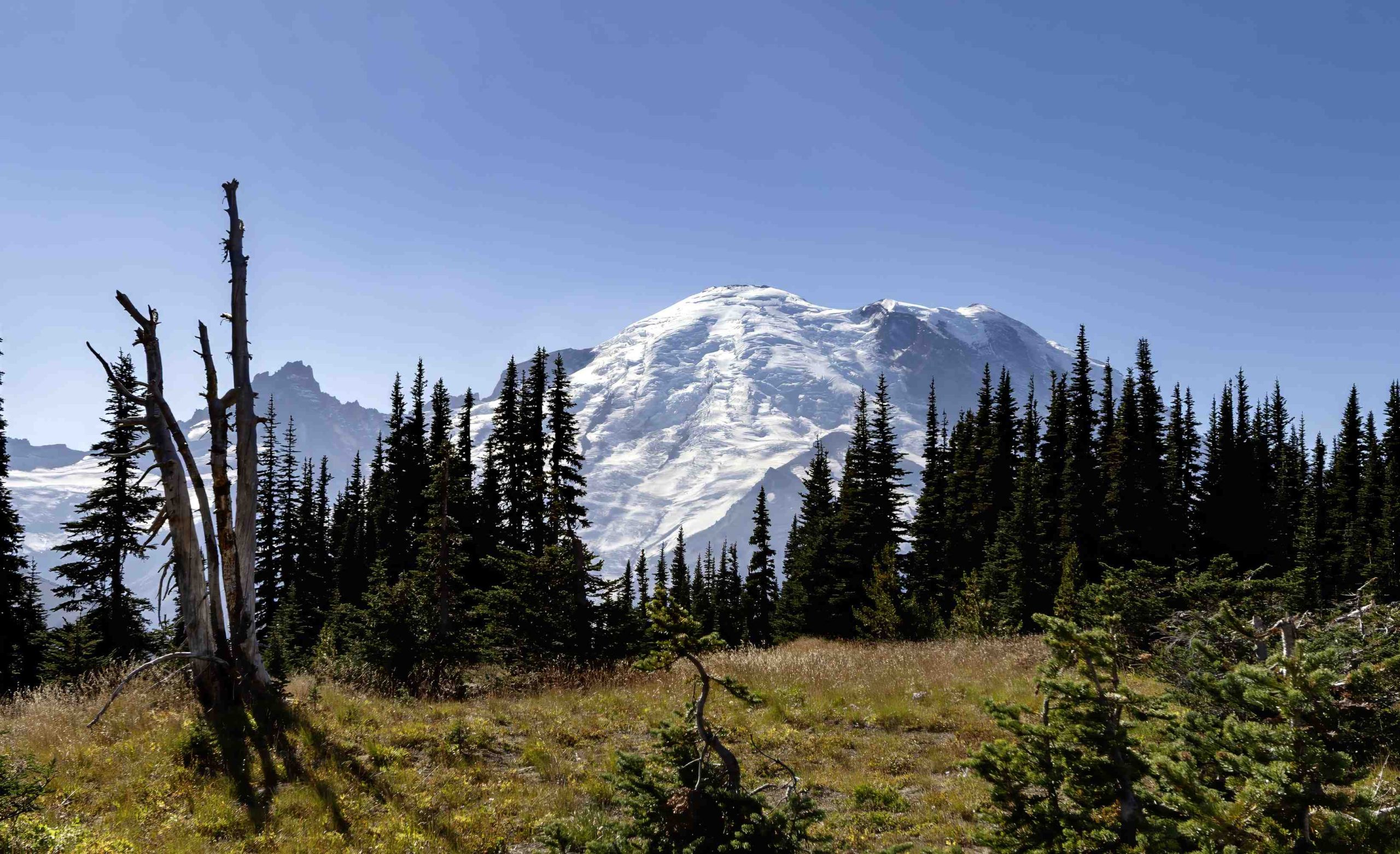Mount Rainier sunrise safety is crucial for hikers planning early morning adventures. This guide covers essential precautions, gear requirements, and potential hazards specific to sunrise hikes on Mount Rainier. By following these guidelines, hikers can ensure a safe and memorable experience while witnessing the breathtaking sunrise views from one of America’s most iconic peaks.
What Are the Key Safety Guidelines for Sunrise Hikes at Mount Rainier?

Hiking at Mount Rainier during sunrise requires careful planning and adherence to specific safety guidelines:
-
Weather Check: Always check the latest weather forecast before your hike. Mount Rainier’s weather can change rapidly, especially during early morning hours.
-
Early Arrival: Plan to arrive at the trailhead 1-2 hours before sunrise. This allows time for unexpected delays and ensures you can navigate safely as daylight increases.
-
Visibility Considerations: If visibility is poor, postpone your hike. Early morning conditions can be challenging for navigation.
-
Inform Others: Always let someone know your hiking plans, including your route and expected return time.
-
Navigation Tools: Carry and know how to use a map, compass, and GPS device. These are especially crucial in low-light conditions.
-
Proper Lighting: Bring a reliable headlamp or flashlight with extra batteries for navigating in darkness.
What Essential Gear Should You Pack for a Safe Sunrise Hike?

A well-prepared hiker is a safe hiker. Here’s a comprehensive gear checklist for your Mount Rainier sunrise hike:
Clothing:
- Layered clothing for changing temperatures
- Waterproof jacket and pants
- Insulating layers (fleece, down)
- Sturdy, waterproof hiking boots
- Warm hat, gloves, and socks
Navigation and Safety:
- Topographic map of the area
- Compass
- GPS device with extra batteries
- Emergency whistle
- First aid kit
- Fire-starting materials
- Emergency shelter (e.g., space blanket)
Hydration and Nutrition:
- At least 2 liters of water
- Water purification method (filter or tablets)
- High-energy snacks (nuts, dried fruits, energy bars)
- Lunch for longer hikes
Sun and Weather Protection:
- Sunscreen (SPF 30 or higher)
- Sunglasses with UV protection
- Wide-brimmed hat
- Rain gear
Miscellaneous:
- Headlamp or flashlight with extra batteries
- Multi-tool or knife
- Duct tape for emergency repairs
- Personal identification and emergency contact information
What Are the Common Hazards During Sunrise Hikes at Mount Rainier?
Awareness of potential hazards is crucial for a safe hiking experience. Here are some common risks and how to mitigate them:
- Snow and Ice:
- Hazard: Slippery surfaces, especially in early morning when temperatures are lower.
-
Mitigation: Use trekking poles and consider carrying microspikes or crampons.
-
Limited Visibility:
- Hazard: Difficulty in navigation during pre-dawn hours.
-
Mitigation: Use a reliable headlamp and carry backup lighting sources.
-
Rapid Weather Changes:
- Hazard: Sudden fog, rain, or temperature drops.
-
Mitigation: Check weather forecasts and bring appropriate gear for various conditions.
-
Wildlife Encounters:
- Hazard: Increased animal activity during dawn.
-
Mitigation: Make noise while hiking and carry bear spray in areas where bears are present.
-
Altitude Sickness:
- Hazard: Symptoms can worsen in early morning hours.
- Mitigation: Acclimatize properly and be aware of symptoms. Descend if symptoms persist.
How Does Sunrise Timing Affect Hiking Safety at Mount Rainier?
Understanding sunrise timing is crucial for planning a safe hike:
| Season | Approximate Sunrise Time | Safety Considerations |
|---|---|---|
| Summer | 5:00 AM – 6:30 AM | Longer daylight hours, but more crowded trails |
| Winter | 7:30 AM – 8:30 AM | Shorter days, more challenging weather conditions |
| Spring/Fall | 6:00 AM – 7:30 AM | Variable weather, transitional trail conditions |
Safety considerations based on sunrise timing:
- Start Time: Begin your hike early enough to reach your desired viewpoint before sunrise.
- Trail Conditions: Early morning trails may be slippery with dew or frost, especially in cooler months.
- Temperature Changes: Be prepared for rapid temperature increases as the sun rises.
- Wildlife Activity: Dawn is a peak time for wildlife. Stay alert and make noise to avoid surprising animals.
What Are the Best Practices for Navigation During a Sunrise Hike?
Navigating in low-light conditions requires extra caution:
- Use Multiple Navigation Tools:
- Carry a physical map and compass as primary tools.
- Use a GPS device as a backup.
-
Download offline maps on your smartphone as an additional resource.
-
Mark Your Trail:
- Use trail markers or wands, especially in snow-covered areas.
-
Take note of distinctive landmarks for your return journey.
-
Stay on Designated Trails:
- Avoid shortcuts or unmarked paths, especially in low visibility.
-
If you lose the trail, backtrack to the last known point.
-
Practice Night Navigation:
- Familiarize yourself with using navigation tools in darkness before your hike.
-
Learn to identify constellations for basic direction finding.
-
Use Proper Lighting Techniques:
- Use red light mode on your headlamp to preserve night vision.
- Periodically turn off your light to allow your eyes to adjust to natural light.
By following these Mount Rainier sunrise safety guidelines, hikers can minimize risks and fully enjoy the spectacular views and unique experience of a sunrise hike on this majestic mountain.
References:
1. Backcountry safety for hikers and backpackers in the Pacific Northwest
2. Hiking Safety – Mount Rainier National Park
3. Know Before You Go, Mount Rainier National Park

